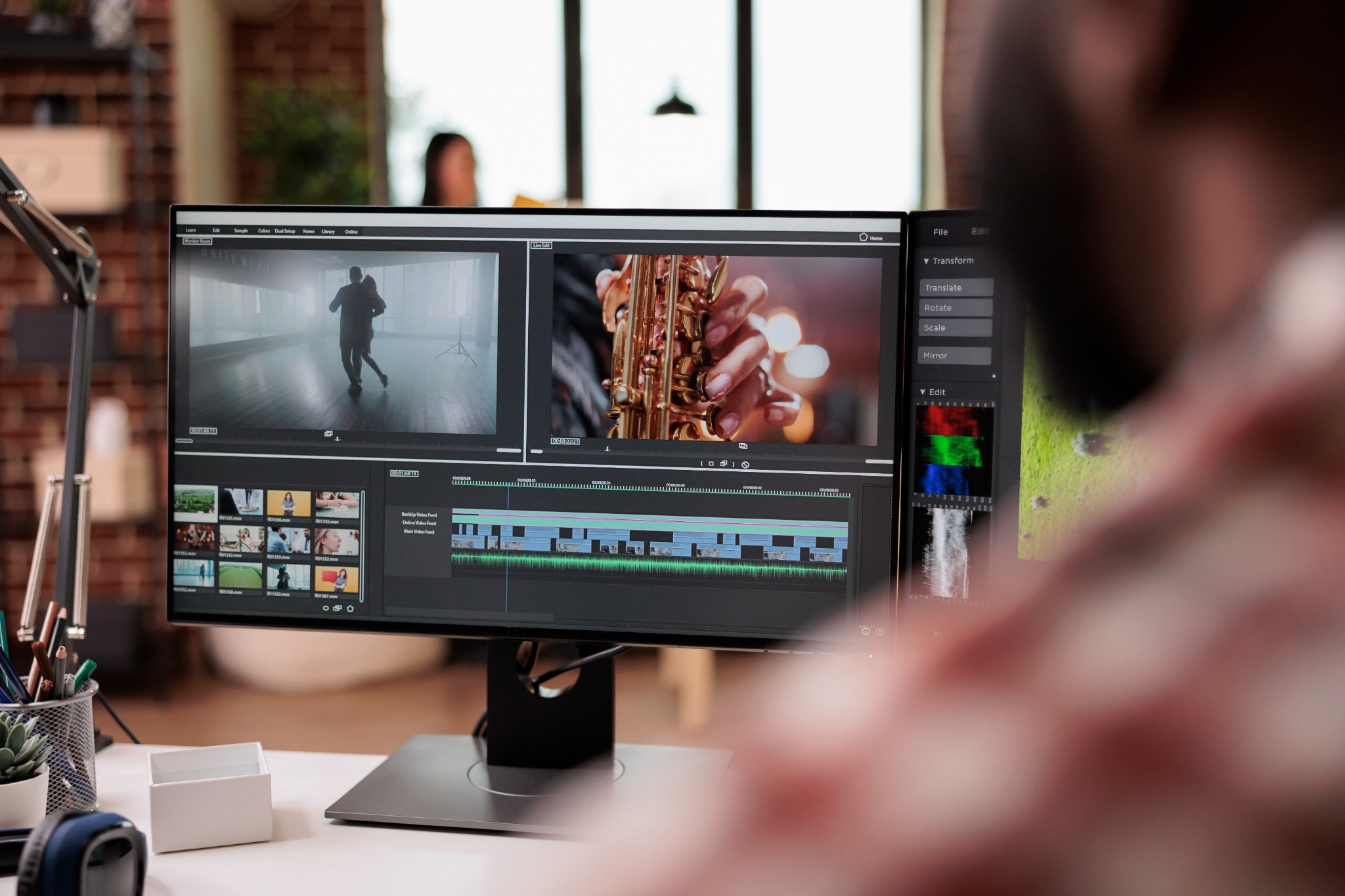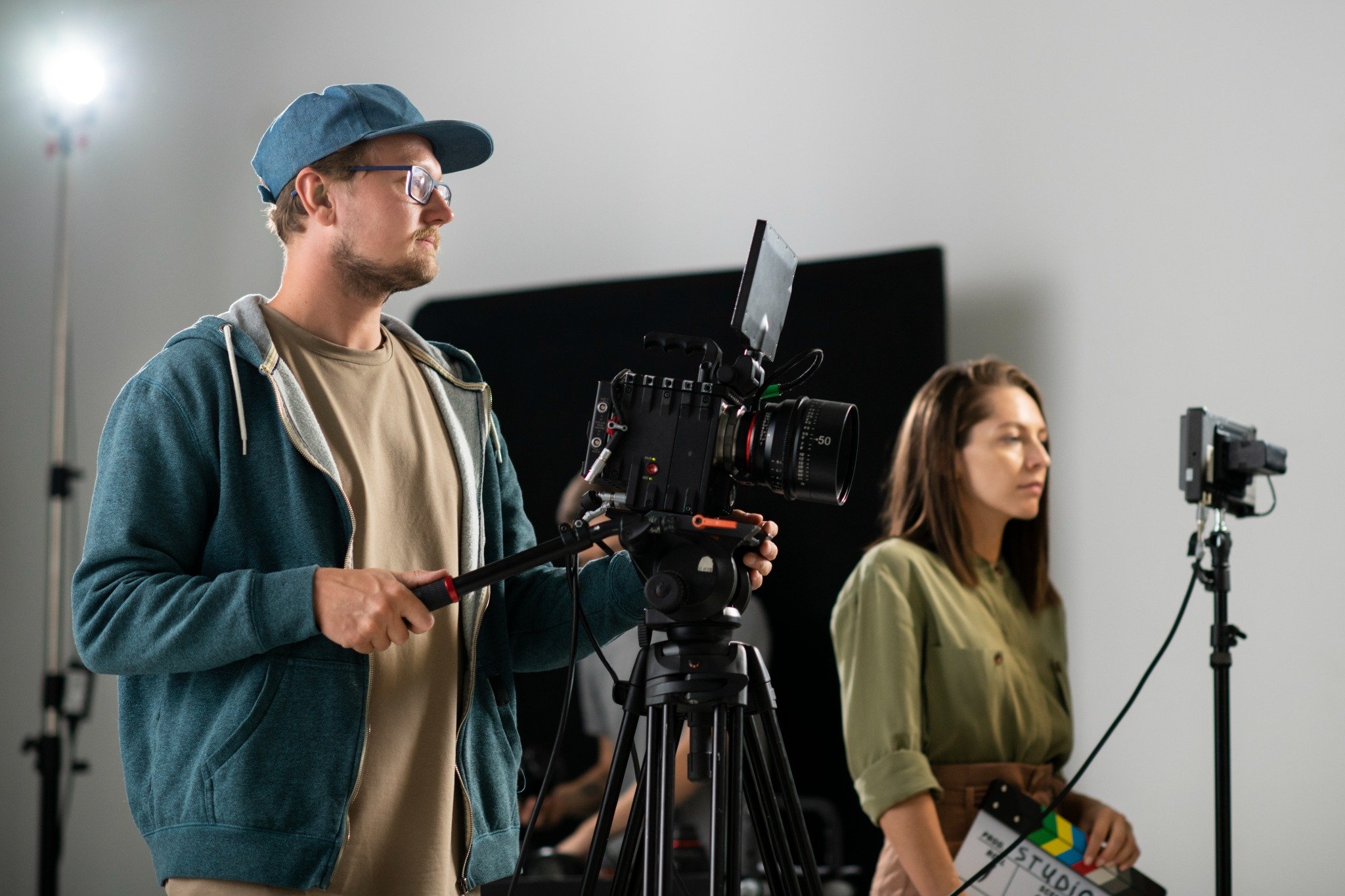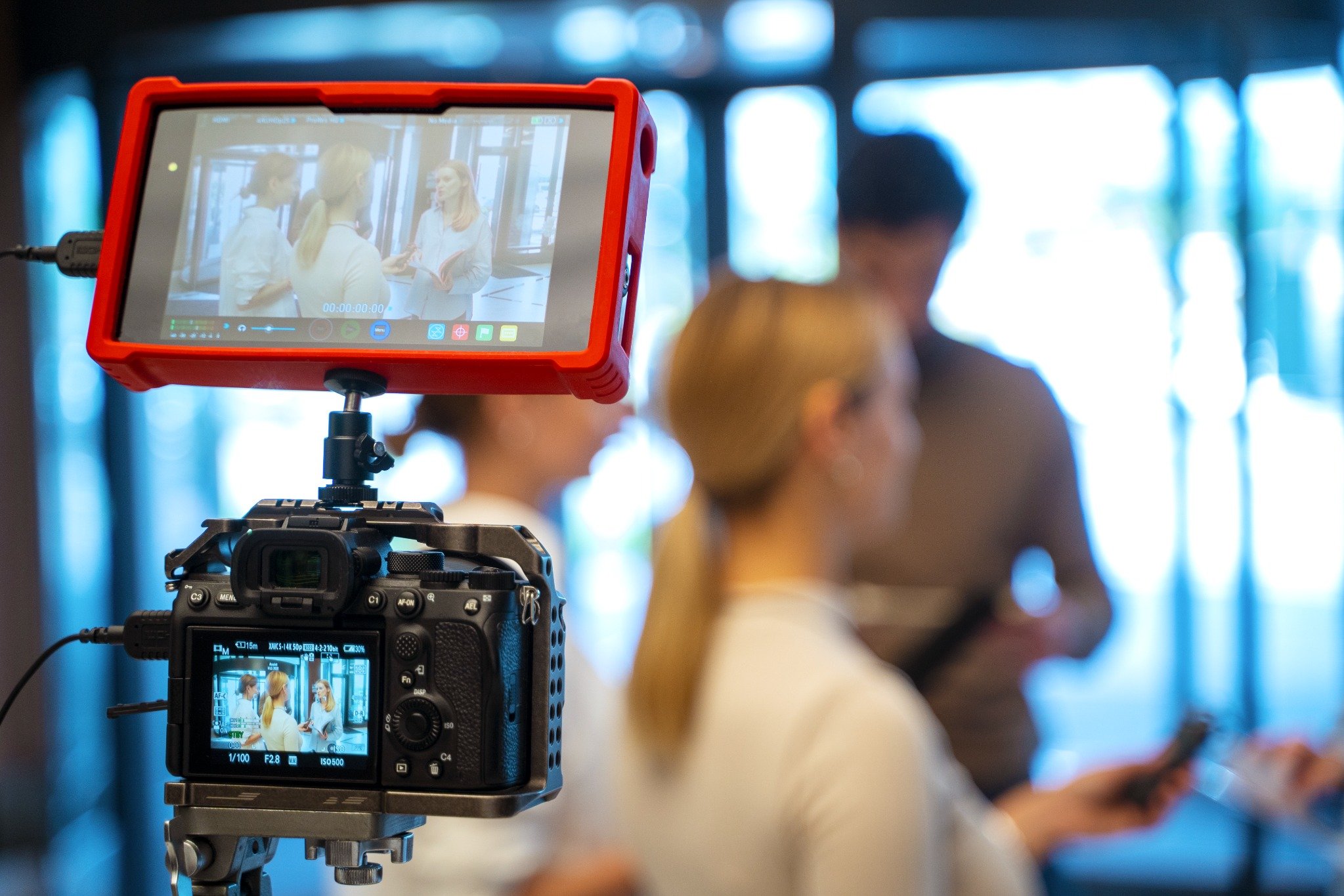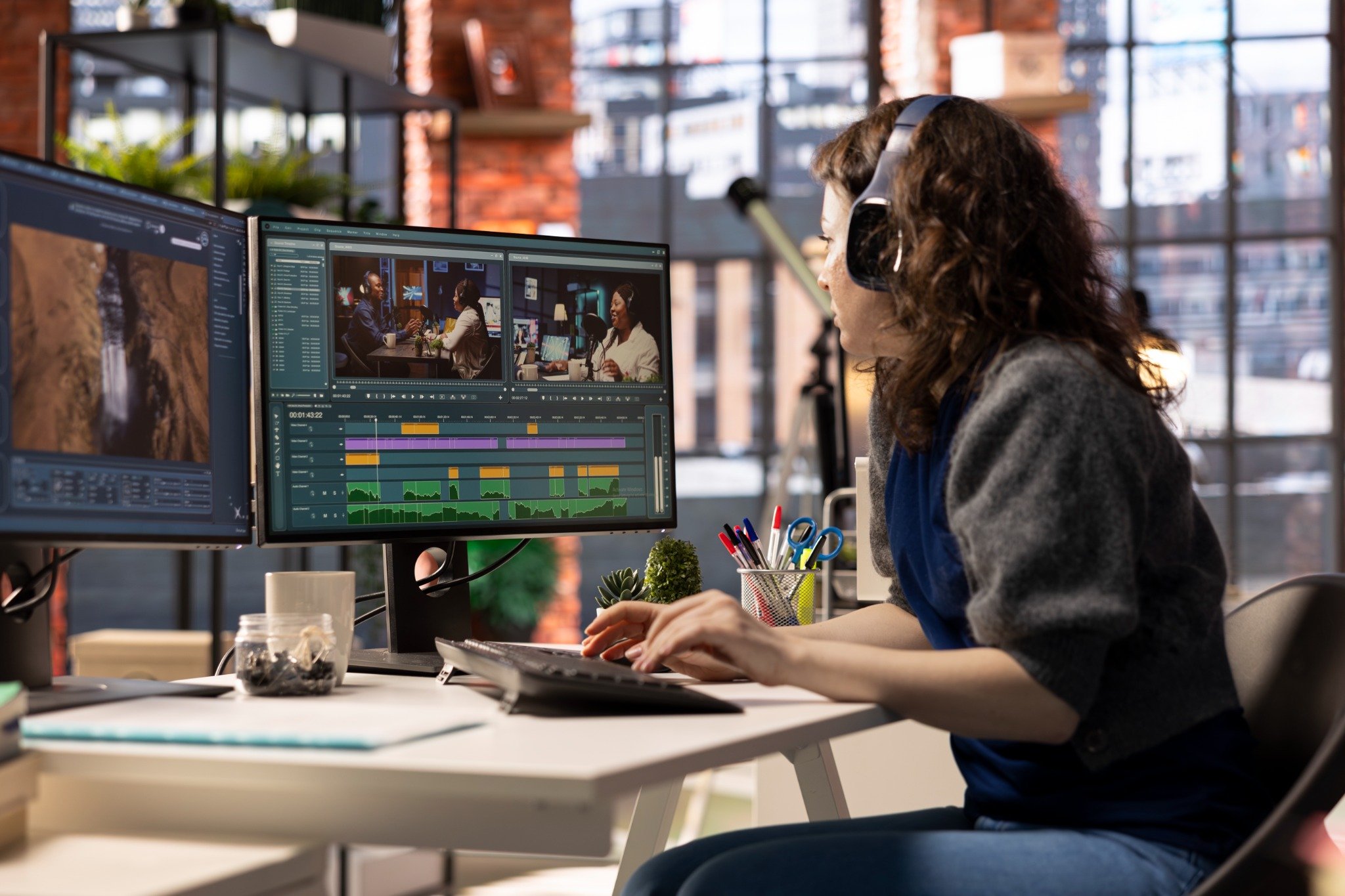
Why Visual Content Is Non-Negotiable in 2025
If you’re in marketing today, you already know that content is everything. But it’s not just about volume—it’s about quality and visual appeal. Consumers scroll, skim, and swipe through content in seconds, and if your brand doesn’t grab attention immediately, it’s forgotten just as fast.
That’s where high-impact visuals come in. Strong photography draws users in. Strategic video keeps them there. And together, they drive engagement, trust, and action in ways text alone simply can’t.
People expect brands to show, not just tell. That means dynamic videos to explain products, beautiful photography to elevate your branding, and both working together across social feeds, websites, and ads. Static visuals without movement can feel dated, while motion with no polish can feel amateur. You need both done right.
Breaking the Old Model :Separate Teams, Separate Strategies
Until recently, most brands treated photography and video as completely different services. You’d book a photographer for product shots. Then, maybe weeks later, hire a video crew for a promo. Sounds harmless, until you hit delays, miscommunication, and wildly inconsistent outputs.
It’s not just about efficiency; it’s about consistency. One team might love bright, editorial-style visuals, while the other favors moody cinematic tones. Without shared vision and alignment, your campaign can end up looking like a patchwork, disjointed and off-brand.
Also, when you’re juggling multiple vendors, you’re often stuck acting as the middleman. That is the time you could be spending on strategy, ideation, or launching new initiatives and not managing vendors and correcting mismatches.
What Happens When You Combine Photography and Video Production
Bringing both services under one roof creates something powerful: a seamless content experience. It allows you to craft a unified story across every format. The same team handles the look, feel, lighting, and messaging for both stills and motion, ensuring every piece supports your brand narrative.
A single team sees the whole picture—literally. They can plan how each frame will live across digital channels, from your Instagram carousel to your homepage hero video. There’s continuity in tone, emotion, and message. And when your audience feels that consistency, your brand instantly feels more polished and professional.
Creative Efficiency: One Vision, One Team
There’s something incredibly freeing about having a single creative partner. You share your ideas once, collaborate on one plan, and walk away with two (or more) formats of ready-to-use content.
It also removes the chaos of trying to translate your brand tone to multiple freelancers. Instead, you get one team that understands your voice, your audience, and how to make visuals work hard for your business.
They’ll plan out lighting that works for both video and photography, set up scenes for dual-purpose shooting, and ensure that the message comes through in every visual, regardless of the format.
Brand Consistency You Can See
Ever seen a brand’s social feed where the video and photography look like they were done on different planets? That disconnect happens when teams don’t share a visual language.
But when one crew handles it all, every detail: lighting, color grading, framing, tone is aligned. This creates a strong, recognizable brand identity that audiences connect with instantly. And in a crowded market, that cohesion can be the difference between scrolling past and clicking in.
When people recognize your brand from just one glance at a thumbnail, you’ve won. Consistency builds trust. And trust drives conversions.
Time and Budget Benefits of an All-in-One Team
Let’s talk logistics. Working with one team saves hours (sometimes days) of coordination, meetings, and admin. There’s one contract, one timeline, one delivery folder. Simple.
Budget-wise, you’re also making smarter choices. Instead of paying for two crews to scout the same location or prep the same products, you’re consolidating resources. That means fewer shoot days, tighter budgets, and more bang for your buck.
Even small businesses can benefit—what might have been out of budget when split becomes doable with one streamlined team. You’re investing once, and reaping double the output.
Getting More From Every Shoot
The real beauty of combined photography and video production? You can stretch each shoot further. While you’re filming a product demo, the same crew can snap stills for your eCommerce site. Or while capturing interviews, they can grab portraits for team pages or press kits.
Behind-the-scenes content? Check. Teasers? Done. Short-form reels or TikToks? Easy. Hero images for the homepage? All in the same setup. You walk away from one production day with a full content library.
It’s not just about content creation—it’s about content sustainability. You’ll have weeks or even months of assets ready to go.

Examples Where This Approach Shines
Let’s say you’re launching a new product. With one integrated team, you can:
- Shoot crisp product photos for your store
- Film a quick unboxing video for Instagram
- Capture testimonials from early users
- Get behind-the-scenes clips to tease on TikTok
- Create a YouTube how-to all in the same day
Event recaps, rebranding efforts, annual campaigns—this model works for all of them. It’s especially powerful for startup teams or small marketing departments that don’t have the luxury of multiple vendors or drawn-out timelines.
Choosing the Right Creative Team
Not every agency or freelancer is equipped to deliver high-quality work across both photography and video. To find the right team, look for one that can demonstrate proven results in both formats, backed by a balanced and versatile portfolio.
Strong creative direction is key, as is a track record of positive testimonials from other marketing teams. Just as important, they should understand content strategy—not just how to produce content, but how it fits into the bigger picture.
Make sure they ask questions about your goals—not just what you want to shoot. Strategy-first creatives bring more value than those who just deliver pretty pictures.
Planning Tips for a Hybrid Shoot
Want to get the most from your investment? Start with solid planning:
Clarify your deliverables. What exactly do you need? Think per platform.
Build a short list. List out must-haves, but stay flexible for bonus ideas.
Designate roles. Know who’s managing approvals, brand tone, and feedback.
Schedule breaks. Especially with models or interviewees, pacing matters.
Think long-term. Capture content you can reuse next quarter, not just this campaign.
It doesn’t have to be complex, but the more aligned you are upfront, the better your results.
Expanding Your Content Strategy With Less Effort
Combining services also opens the door to smarter content strategy. You can capture footage for a long-form brand video and slice it into 10 different assets—Instagram clips, website banners, gifs, or even ad creatives.
You get more control over tone and timing. And since the same team handles both media, they’ll know how to shoot intentionally for future use cases—whether that’s holiday promotions or a press kit months down the line.
This kind of foresight only comes from a team that understands your big-picture goals and knows how to plan creatively across formats.

Final Thoughts: Elevating Strategy Through Unified Visuals
Blending photography and video production isn’t just efficient—it’s a smart strategy. It strengthens your message, sharpens your visual identity, and gives your marketing team more to work with. In an era where content needs to work harder, combining efforts is the edge that forward-thinking brands are embracing.
Tired of juggling vendors and piecing together your brand visuals?
Connect with our full-service production team here to simplify your workflow, reduce your turnaround time, and finally get content that works together—beautifully.



